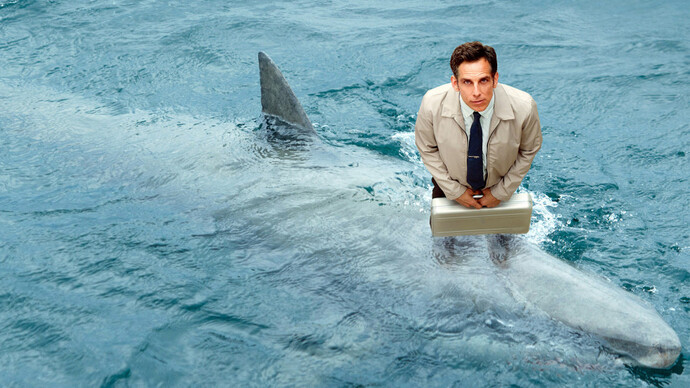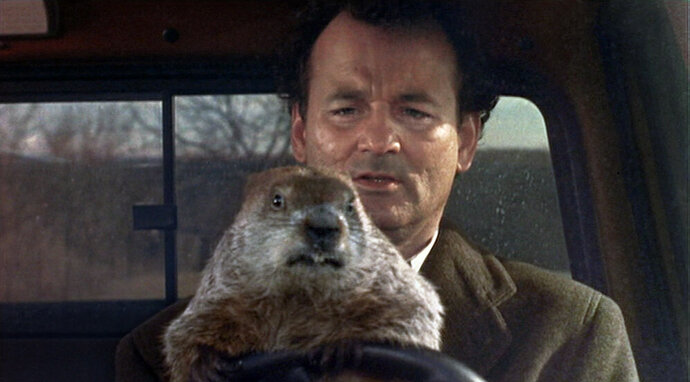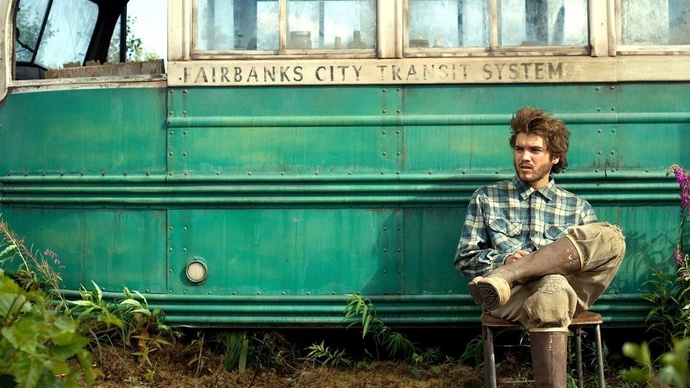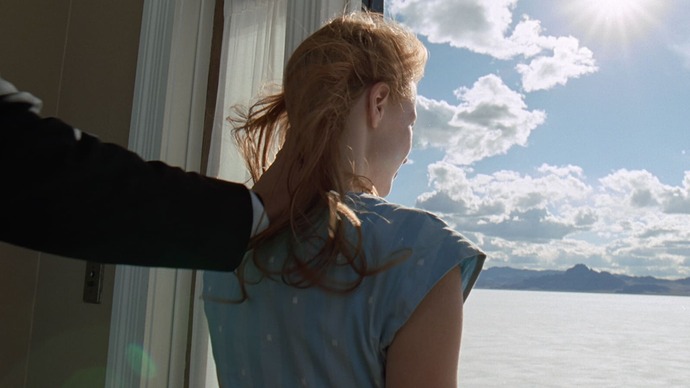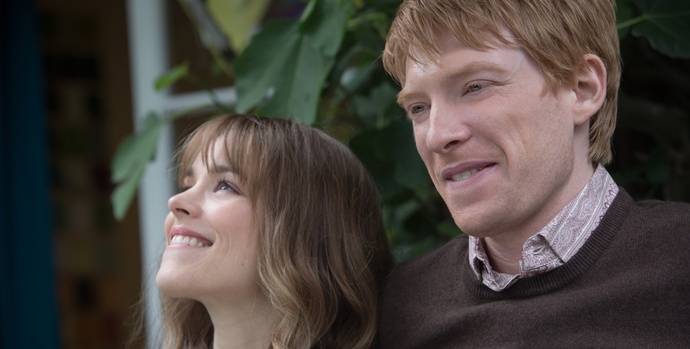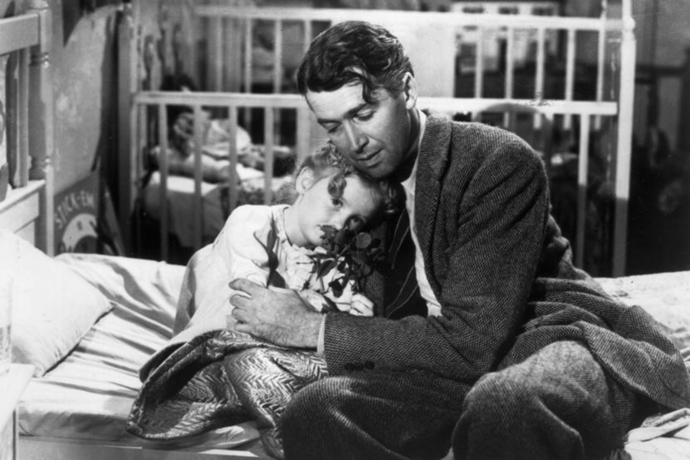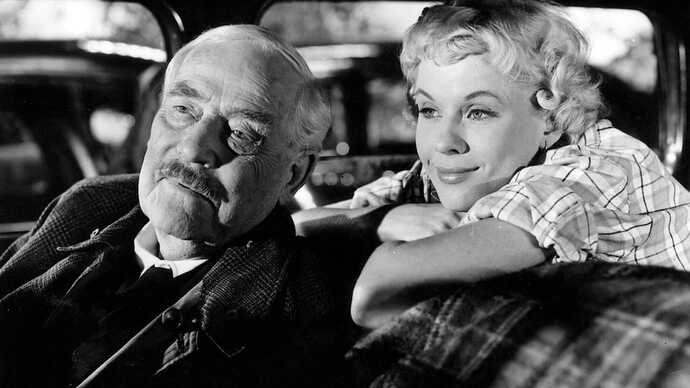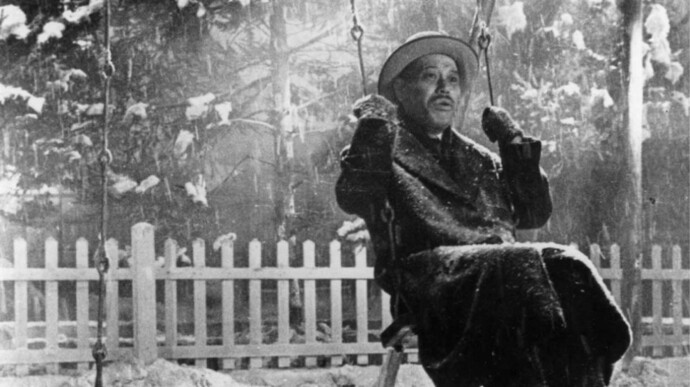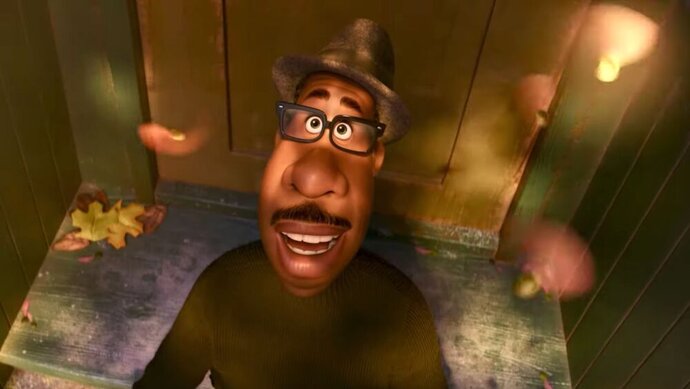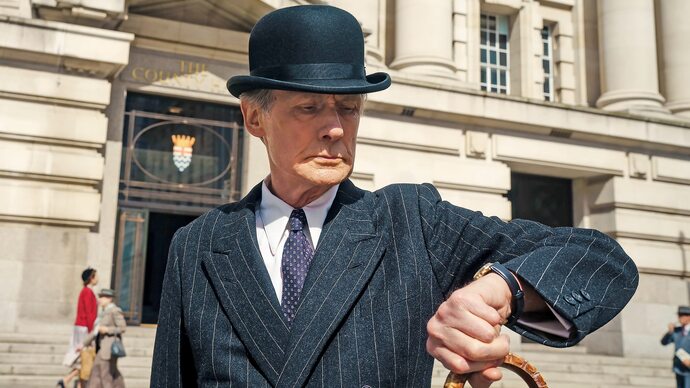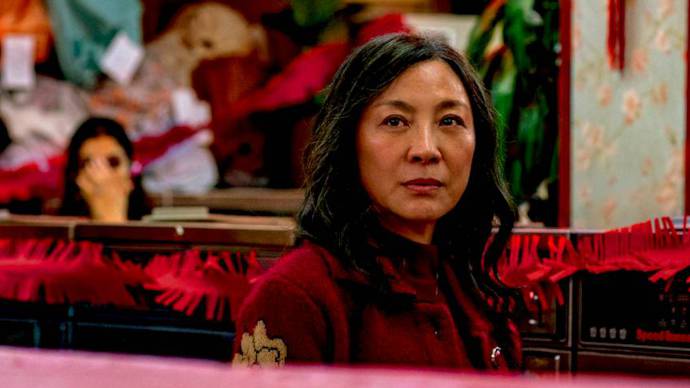Here are our picks for the most inspirational movies that help us to appreciate the small things in life by exposing the beauties of everyday things and showing what gratitude looks like.
12. The Secret Life of Walter Mitty (2013)
Walter Mitty works for Life magazine in New York City, which is ironic considering he’s never truly lived a day in his life. He spends all his time converting gorgeous film negatives into print. Unfortunately for him, the magazine hurtles into the modern age and endeavors to “go digital,” resulting in Walter being let go. When a photojournalist captures the “quintessence of Life” (actual life and the magazine), Walter goes on a mission to find him. Based on James Thurber’s short story, The Secret Life of Walter Mitty blends realism with fantasy to amplify the magical possibilities of our world. Walter turns his chronic daydreaming into reality, pushing us to do the same. Ben Stiller directs and stars in this wholly unique comedy-drama that’s unlike any of his other work.
11. Groundhog Day (1993)
Bill Murray can play characters who are annoyingly optimistic (What About Bob) and cruelly cynical (Scrooged) in equal measure, and always in his own original style. In Groundhog Day, he appears as the latter—a moody weatherman who, instead of hating Christmas, hates Groundhog Day. Phil Connors is snobby, rude, and arrogant, but the universe teaches him a lesson by forcing him to repeat the same exact day, over and over again. No amount of suicide attempts will break the time loop—only an open heart, true love (for everyone), and a zest for life. This Hollywood morality tale is told in such an endearing way that we find our spirits lifted.
10. Into the Wild (2007)
Although the ending of Into the Wild is the opposite of joyous, the rest of the movie—and its overall message—is poetically inspirational. Most of us have toyed with the idea of leaving the rat race, ditching our phones and hustle culture to go “into the wild.” Christopher McCandless was one of the few people brave enough to actually do it! Sean Penn directs this ultimate off-grid drama where Chris (Emile Hirsch) chucks out his credit cards for a cross-country solo adventure. The fact it’s a true story makes it even more motivating! All his hiking and river bathing teaches us to be less consumeristic, but also serves as a potent reminder that connection to people is just as important as connection to nature.
9. The Tree of Life (2011)
Joy is often synonymous with nature—unless you’re trying to go against it!—and that’s why the Tree of Life is so often featured as a sacred symbol of growth, wonder, and love in many cultures. For Terrence Malick, The Tree of Life is a cinematic encompassing of all creation through the window of a single life in 1950s Texas, and it’s just as divinely connected to the universe as anything else. You don’t have to be spiritual to enjoy this ambitious and beautifully shot movie. Snowballing from dinosaurs to the afterlife, The Tree of Life is grand and sweeping in its exploration of what it means to be alive. It’s a lot like 2001: A Space Odyssey, except with less evil robot domination and more celebration of the soul.
8. About Time (2013)
About Time isn’t your usual time travel movie. In fact, it’s not really even a sci-fi film, but a classic Richard Curtis romcom—it’s very British, very heartwarming, and a bit awkward at times. Ever feel like you’re running out of time? Not an issue for Tim (Domhnall Gleeson), a hopeless romantic who lives in Cornall and discovers that he comes from a family of men who can rewind time. Of course, Tim’s blessed ability can also be a curse. Humans have a silly habit of thinking they always know best, but sometimes fate just shouldn’t be tampered with! Tim’s father (Bill Nighy) finds gratitude by reliving every day twice (no exceptions), and Tim has to come to terms with the fact that the value of time is in how you use it, not how much of it you have.
7. It’s A Wonderful Life (1946)
It’s never a bad time to give thanks to our homes and our loved ones, to give what we can to charity, to invite friends over for quality time instead of being so caught up in our individual pursuits. Too busy for all that? Well, that’s what George Bailey (Jimmy Stewart) thought as well! It was so bad, in fact, that he fell into despair and threw himself off a bridge after the collapse of his business. Fortunately, newbie angel Clarence (Henry Travers) is there to show George what Bedford Falls would be like if he was never born. It seems we often don’t realize the impact our small acts of kindness can have on the world! Let this film remind you of all the wonderful things your life brings—both to yourself and to those around you!
6. Wild Strawberries (1957)
The “wild strawberry patch” (or smultronstället in Swedish, which was the original title of the film) refers to a hidden place of sentimental value. A lot of people have one of these. It might be a bench, a rooftop, or a park nestled amid urban skyscrapers. Basically, any little private place that’s special to you for whatever reason. The “wild strawberry” also symbolizes the seasonal fruit of rebirth—a lot like a Tree of Life, except envisioned by Ingmar Bergman. Considered the greatest movie by the greatest Swedish filmmaker, Wild Strawberries is a meditation on the purpose of human existence. Despite excelling in his career, Isak Borg (Victor Sjöström) is a cold, grumpy, and disliked elderly man. Nightmares, old age, and an allegorical road trip force Isak to face his wasted past, warning us not to do the same.
5. Spring, Summer, Fall, Winter… and Spring (2003)
In our age of technological overstimulation, it can be easy to forget that we are inherently part of nature—and, like nature, we are all synced to certain rhythms and cycles. Kim Ki-duk uses Buddhist teachings to show how harmonizing with these circuits can result in a calmer and richer life. Hence the title Spring, Summer, Fall, Winter… and Spring. This title doesn’t just refer to weather but also human life. The five segments take us through the journey of a Buddhist monk in Korea, from childhood through to old age. When we return to Spring, the now-master completes his cycle and hands the baton to a new apprentice. In doing so, Ki-duk paints a profound image of tranquility and longevity, relying on symbols rather than heavy exposition to inspire us.
4. Ikiru (1952)
Ikiru literally translates as “To Live,” so of course it’s perfect for this list! Plus, it was directed by Akira Kurosawa, who’s one of those legendary filmmakers that modern filmmakers look up to. One of his greatest films, Ikiru, was inspired by Leo Tolstoy’s The Death of Ivan Ilyich, a novella about a protagonist with a terminal illness. But Ikiru isn’t just a Hollywood cancer movie. This beautiful film is an intimate piece of humanist cinema. Kanji Watanabe (Takashi Shimura) is a disillusioned bureaucrat who cares little for his job, community, and even himself. Only an unexpected terminal diagnosis jolts him out of his passivity. When the Tokyo nightlife fails to add meaning, Kanji finds the only way to live is with passion for the little things—like building a park for the neighborhood or simply watching the snow fall.
3. Soul (2020)
Death, rebirth, and the cycle of life are major themes in Soul. It’s one of the few kids’ movies to actually treat its viewers like they have a brain! There’s no spoon-fed “good versus bad” plot; instead, there’s an overarching lesson to soak up every moment offered by life. In fact, parents might benefit more than their kids from Soul! Joe Gardner (Jamie Foxx) gazes in amazement at the falling autumn leaves. His recent visit to the afterlife—and his accidental reincarnation as a cat—leaves him yearning for his soul back. The purpose of “the soul” is a hefty metaphysical question to tackle in a Pixar animated movie, but Pete Docter does it with ease. For Joe, playing jazz piano is what ignites his soul. What ignites yours?
2. Living (2022)
Oliver Hermanus recently took on the big task of remaking Ikiru in English. Yes, the very same Japanese masterpiece of cinema that we mentioned earlier in this article! In Living, Bill Nighy gives a moving rendition of a terminally ill bureaucrat. Is it better than the original? Maybe not. But it’s certainly more accessible for Western audiences! And it captures the important essence. Arthouse meets mainstream in this exquisite period piece. Between the square aspect ratio and the film grain, Living’s dreamy cinematography is just so satisfying—and edifying—to watch. As of this writing, Living is still playing in select movie theaters, so go out there and catch a viewing while you still can!
1. Everything Everywhere All at Once (2022)
When they said this movie is about everything, they weren’t kidding! Daniel Kwan and Daniel Scheinert really did encompass the whole entirety of the universe in 140 minutes. At first, Everything Everywhere All at Once is about a failing laundromat that’s run by Evelyn Quan Wang (Michelle Yeoh). Stressed out by the IRS, her angsty teen daughter, and looming divorce papers, the last thing Evelyn needs is to save the world—but only she can. It’s hard to explain this complex, trippy film in a single sentence, so suffice it to say that Evelyn finds out she can jump across parallel universes and into the bodies of different versions of herself. She must do this to stop Jobu Tupaki from destroying all existence by collapsing universes into an “everything bagel.” In the end, Everything Everywhere All at Once is an absurdist comedy-drama that examines the meaning of life through the lens of a deeply nihilistic villain and, surprisingly, provides an answer. Read next: The Best Movie Parent Characters (And Why We Love Them)
